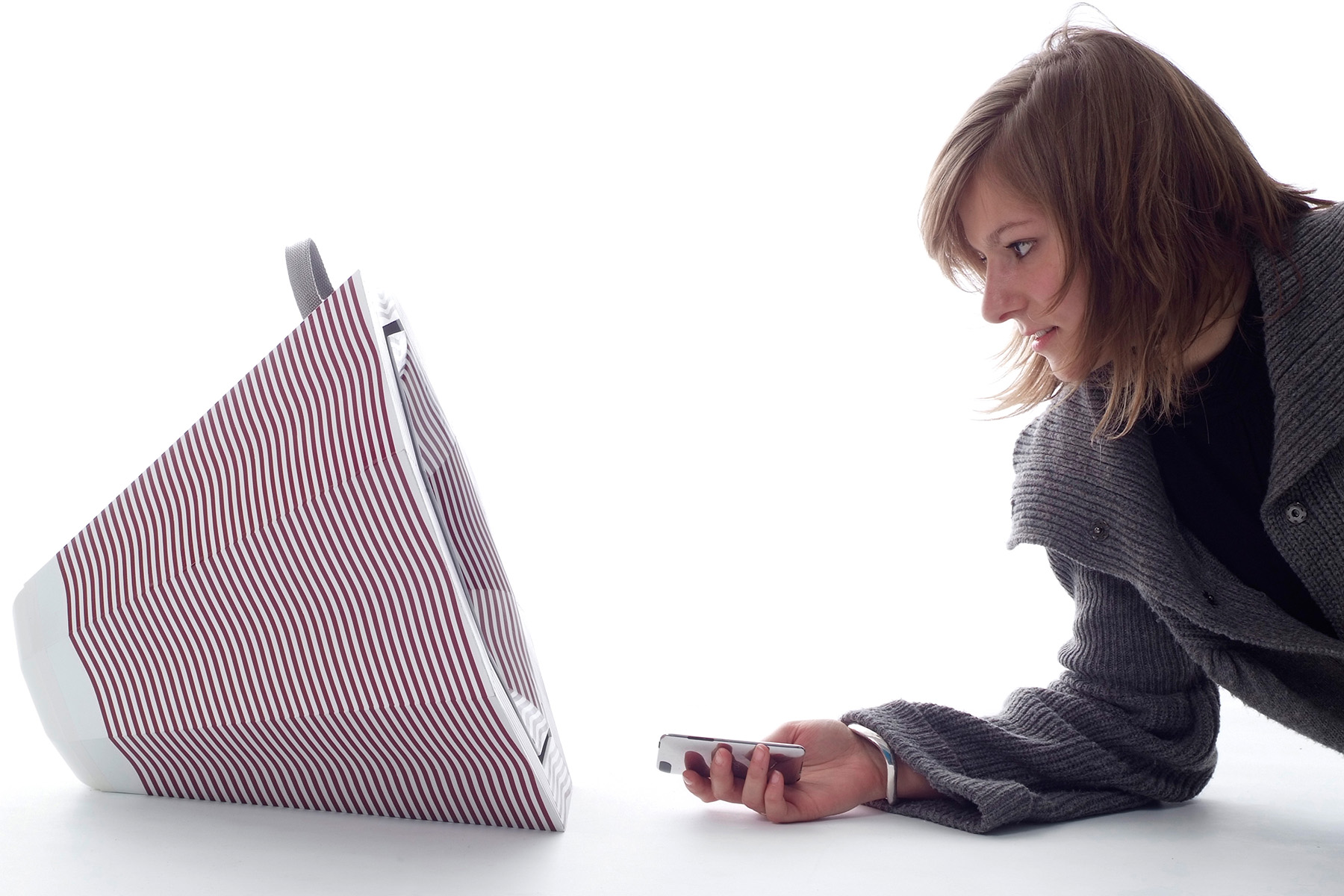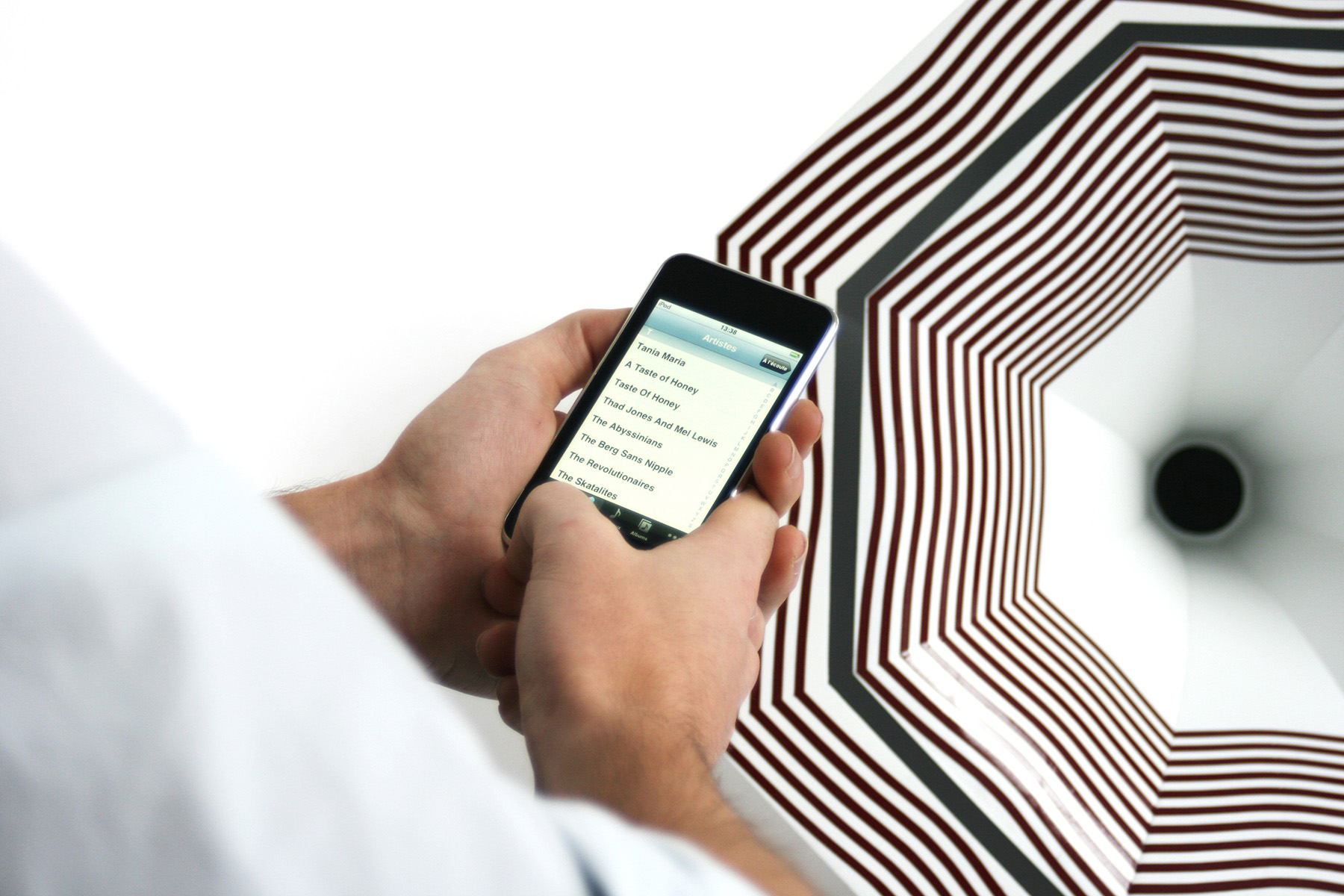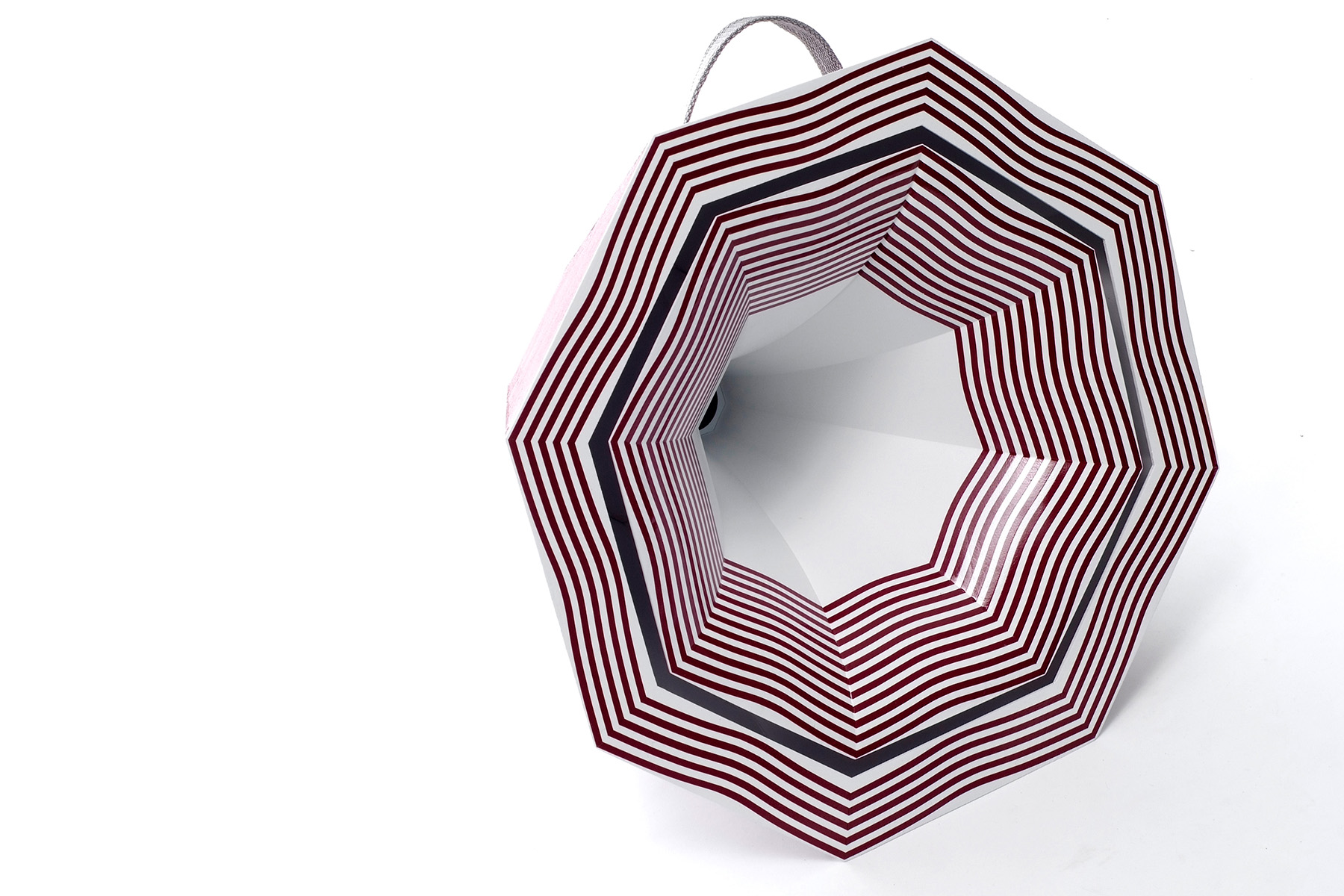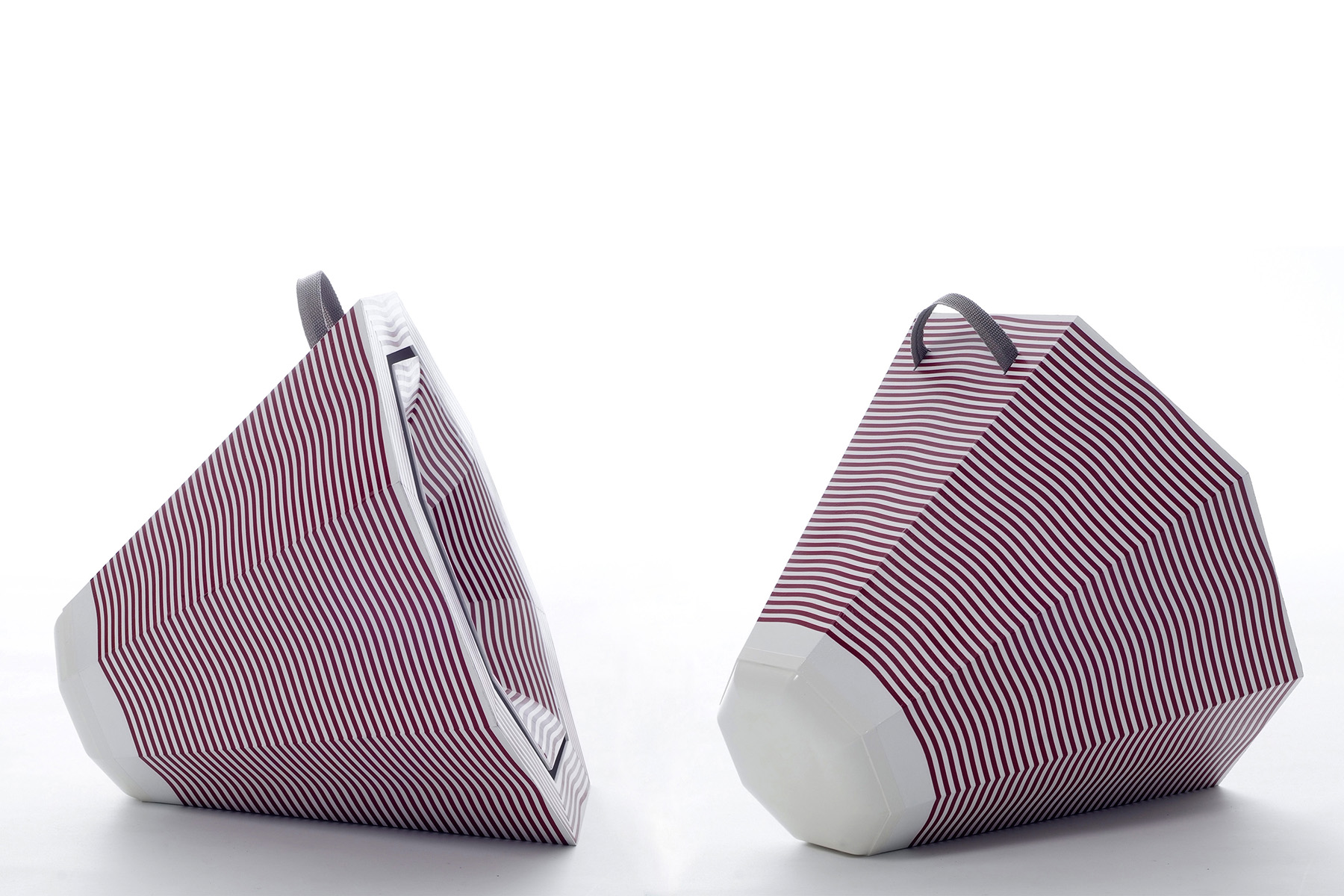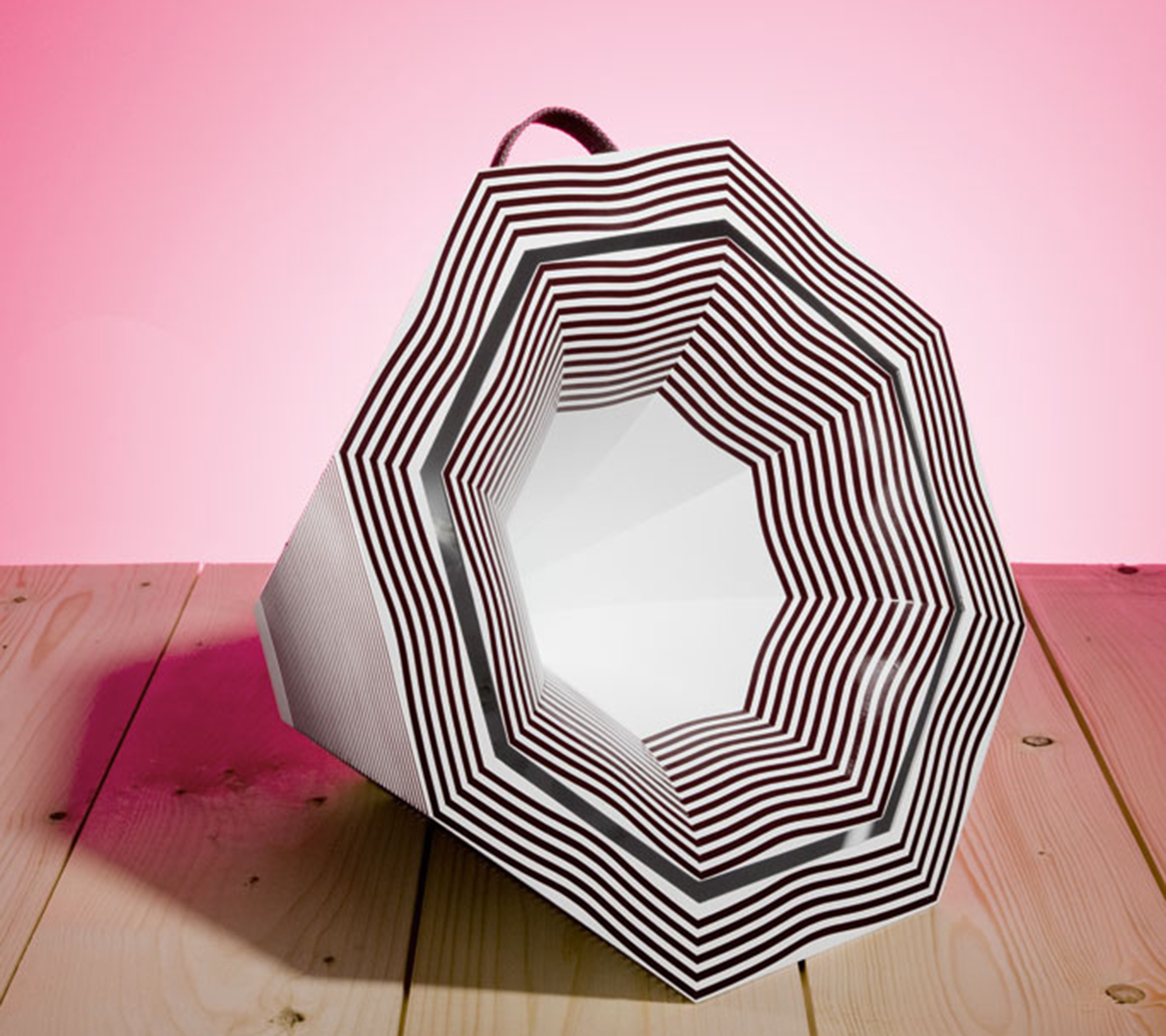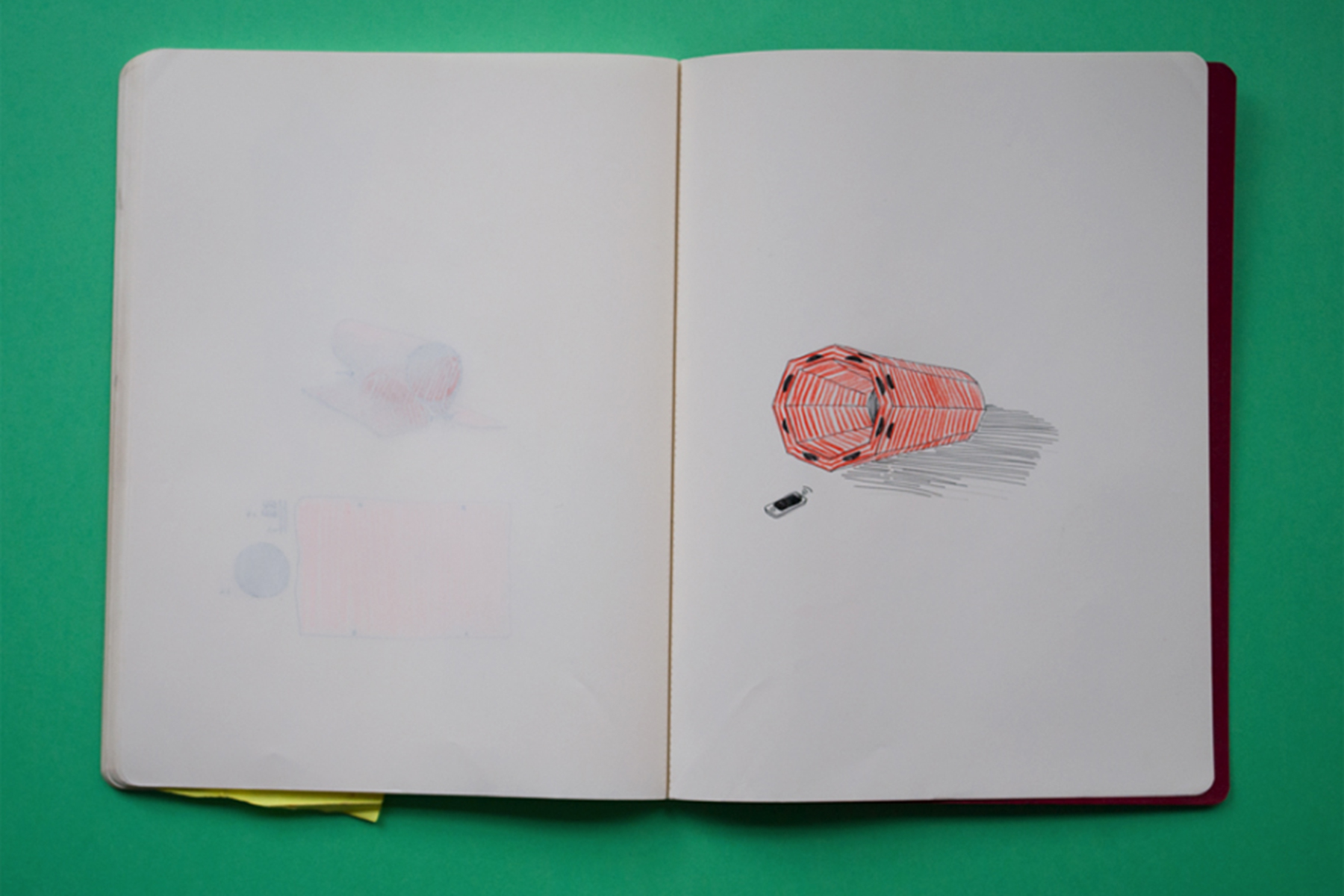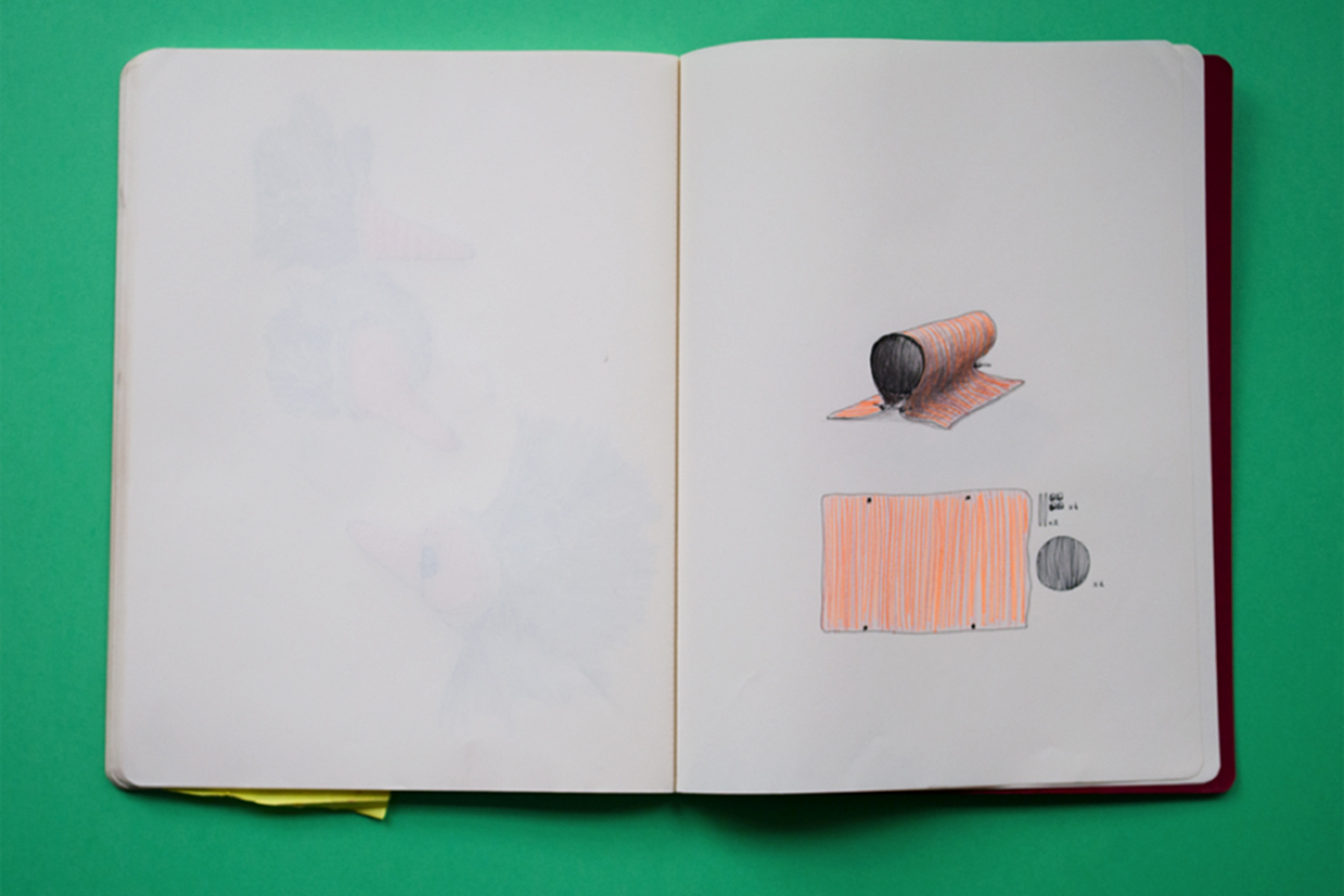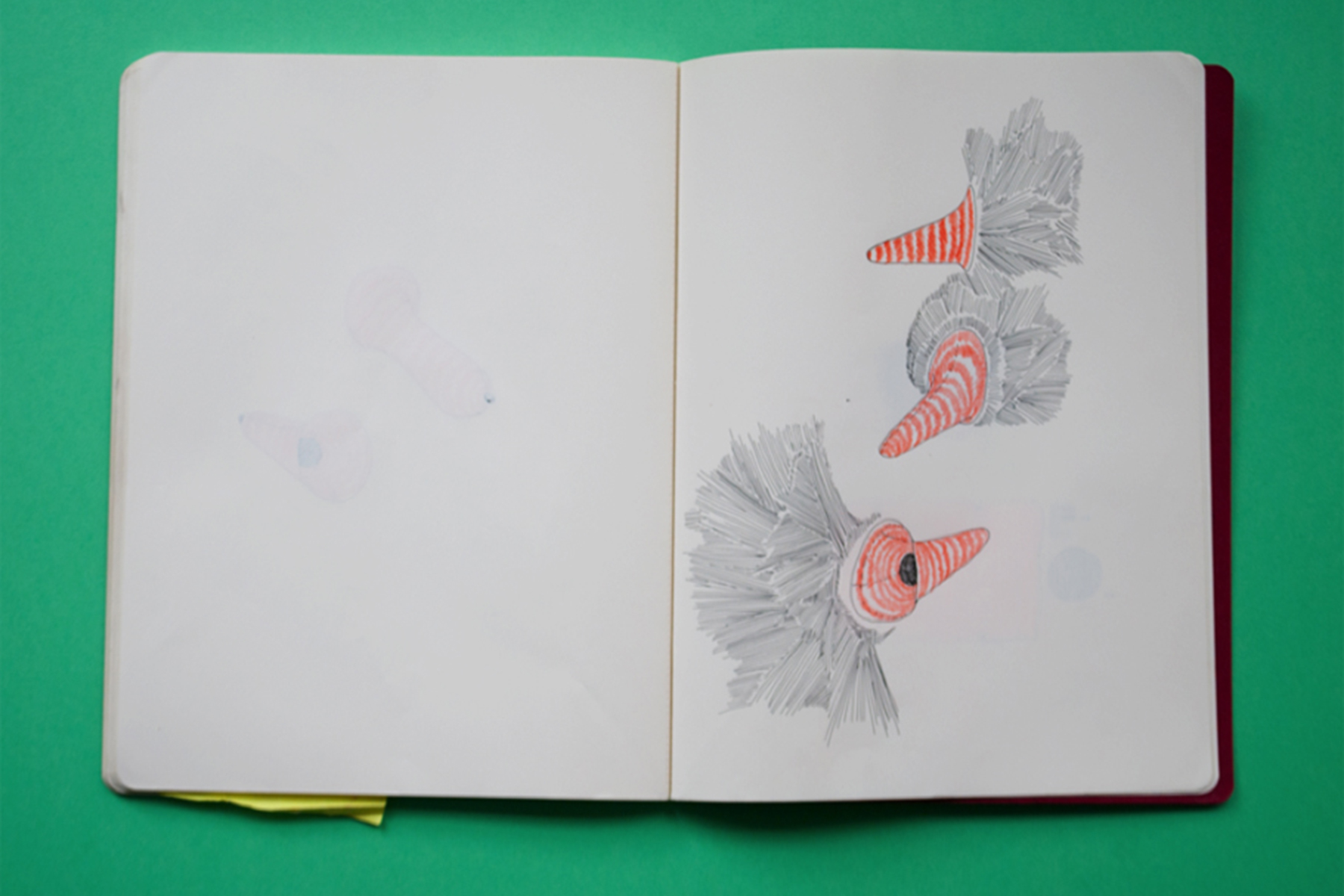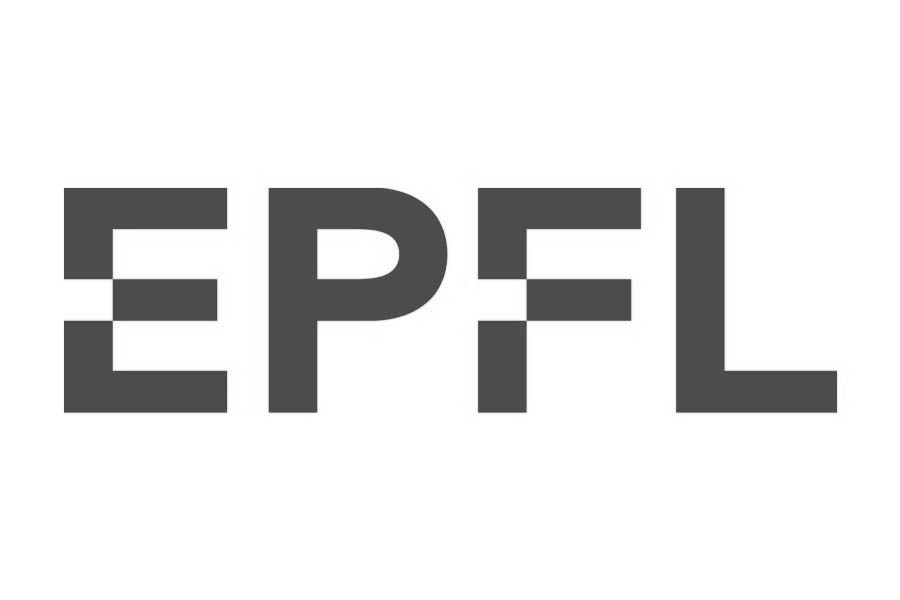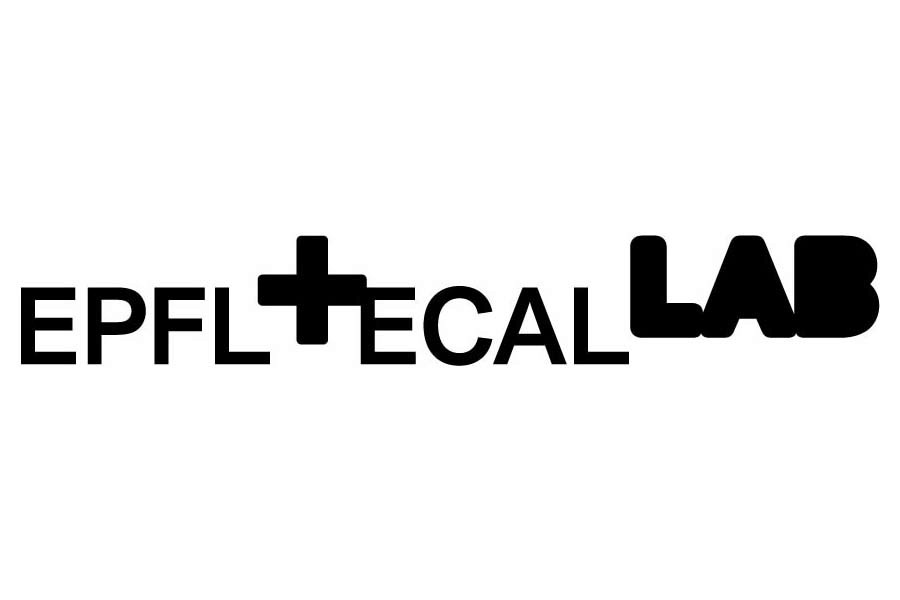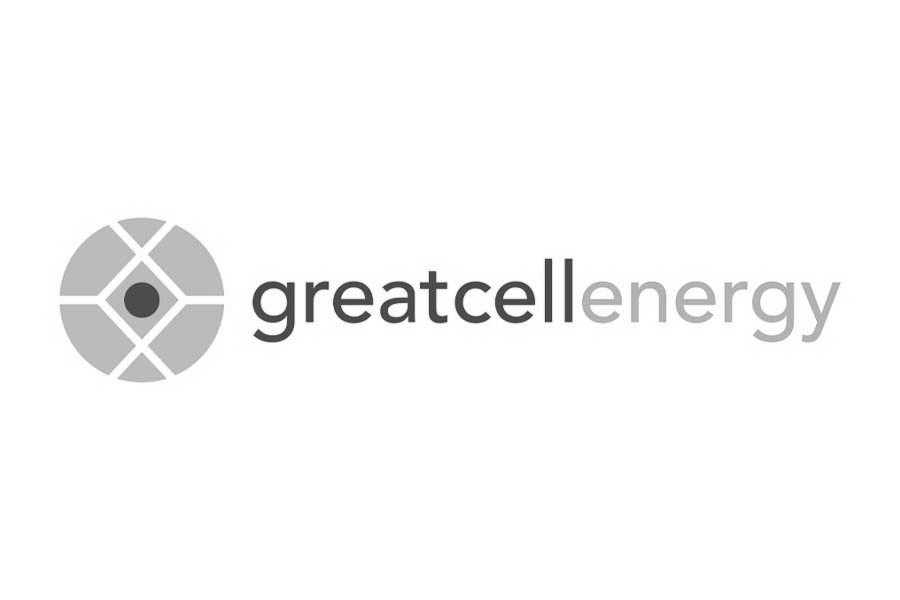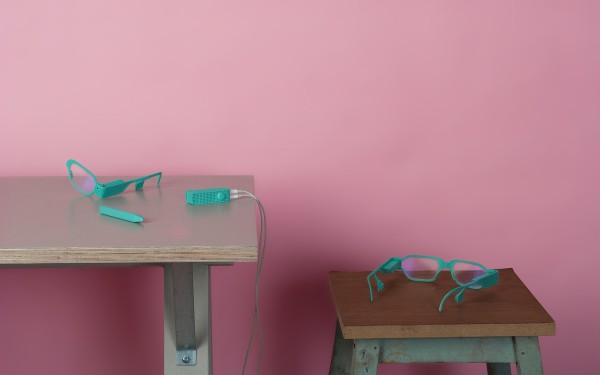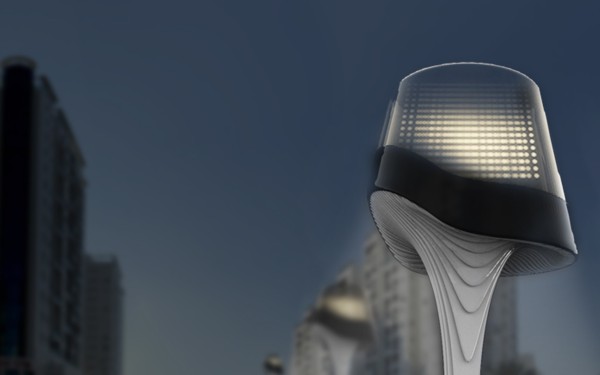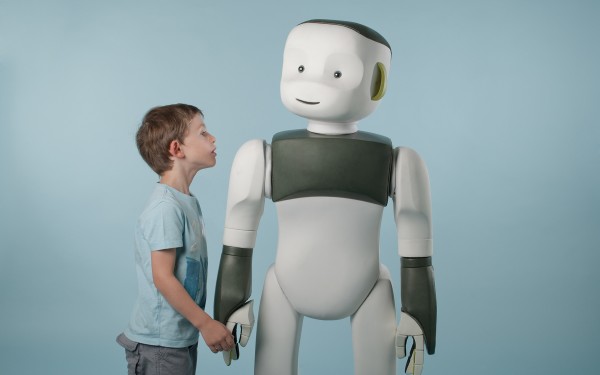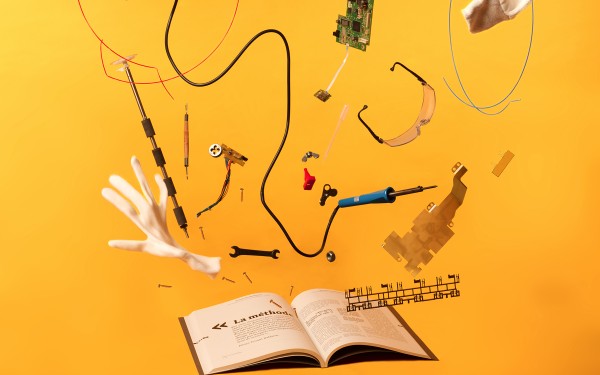Assembled in the form of panels, traditional solar cells transform the sun's rays into electricity. The use of scarce resources in their manufacture, the complexity of their production methods and the geographical constraints of good siting make the acquisition and installation of solar devices expensive and complicated. However, the emergence of a new generation of solar cells is likely to transform both these devices and everyday objects.
The solar cells developed by Professor Michael Graëtzel's teams at EPFL are inspired by plant photosynthesis: they use dye molecules to transform the sun's rays into electricity. These new solar cells imitate this principle, using a dye to capture and transform light into energy. The dye can be applied at low cost by screen printing onto different types of substrate: rigid or flexible, opaque or transparent. The cells can therefore be flexible, translucent, coloured and accessible to as many people as possible. Placed under the midday sun, they cannot compete with their silicon rivals. However, they are more active in diffused light, i.e. under cloudy skies, indoors, in the morning or evening.
Using this technology developed by EPFL and a multidisciplinary approach combining design, science and engineering, designer Guillian Graves has created a new kind of energy-sufficient domestic object: Horn.
Horn is a wireless speaker made almost entirely from the folding of this new generation of flexible solar cells. These ensure that the device is self-sufficient in energy by capturing ambient lighting in the home.
The shape of the speaker is reminiscent of a gramophone horn. It takes its architecture and draws on it for physical amplification performance. Its eight-sided geometric construction optimises the pick-up surfaces of the silk-screen printed cells. The red colour of these strips absorbs a larger part of the light spectrum. Their slight deformation softens the strict geometry of the object.
To save energy, the loudspeaker is fitted with a single driver. Its power is increased tenfold by the structure of these flexible folded cells, whose shape and colour optimise pick-up and performance.
In short, Horn is a loudspeaker that transforms our relationship with energy. By using the solar technology developed by Professor Graëtzel as a material, it is helping to develop new types of autonomous objects for tomorrow.
